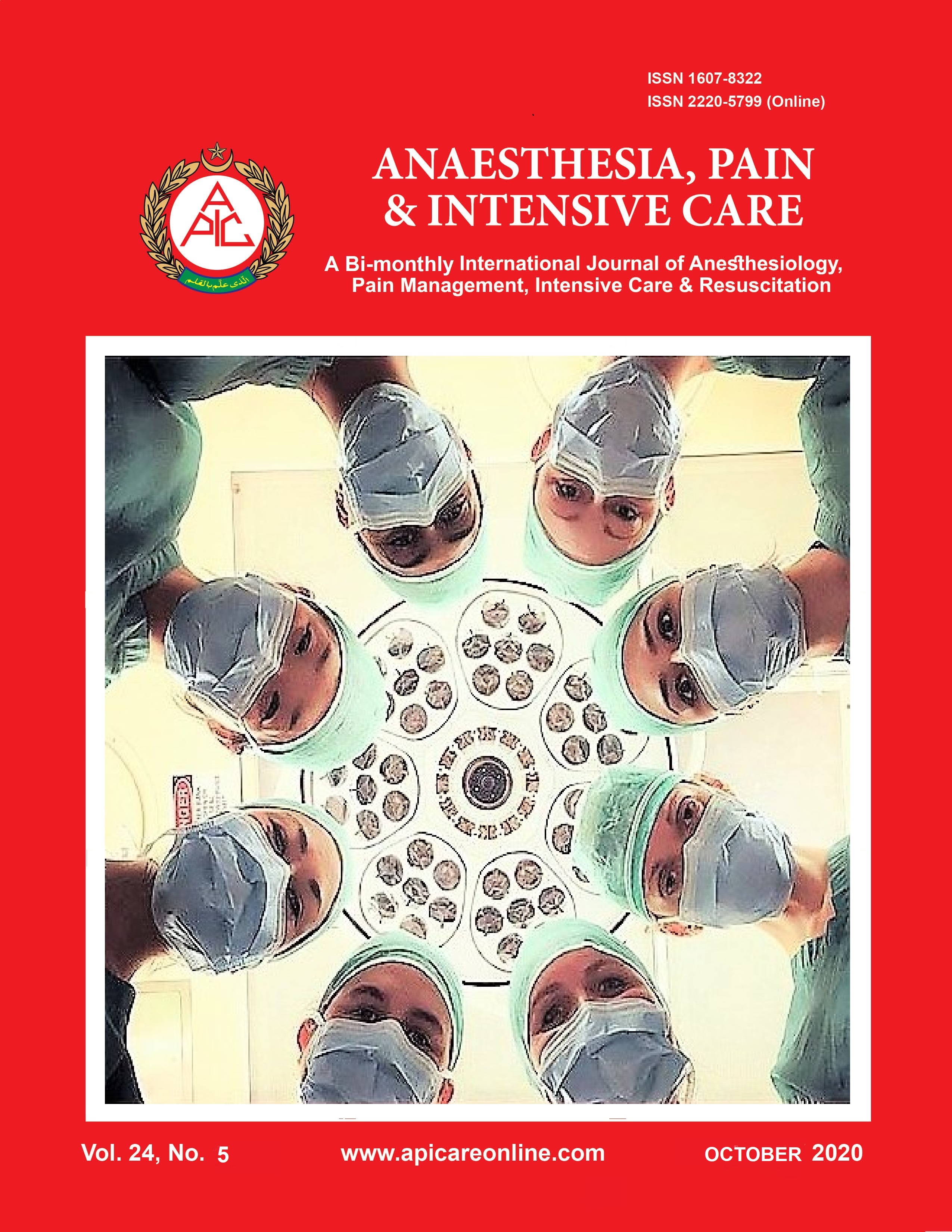Airway management with I-gelTM for ambulatory laparoscopic inguinal hernia repair in children; a retrospective review of 230 cases
Abstract
Background: Inguinal hernia is one of the most common conditions presented for surgical repair in children and laparoscopic approaches are increasingly performed. Previous studies have shown safety and efficacy in the use of supraglottic devices (SGD) as an alternative to tracheal intubation, which fits particularly well with outpatient anesthesia.
Methodology: we conduct a retrospective observational study, collecting data from the electronic anesthetic form, from all patients aged 0 to 17 y who underwent ambulatory laparoscopic percutaneous internal ring suturing between February 2015 and August 2019, if I-gelTM was used to airway management.
Results: We found 230 patients meeting the inclusion criteria. The mean age was 5.2 y old, mean weight 20.1 kg. All patients were ASA I (n=203) or ASA II (n=27). The mean surgery duration was 38 minutes. We found 4 respiratory adverse events, three bronchospasms, and one laryngospasm, managed in the operating room. Ninety percent of the surgeries were performed without neuromuscular blockade.
Conclusion: I-gelTM was a safe, effective, and convenient alternative to airway management to laparoscopic inguinal hernia repair in the ambulatory setting. According to available literature, our practice did not represent an increased risk for the studied respiratory events. SGD obviates the need for neuromuscular blockade.
Key words: I-gel; Supraglottic devices; Laparoscopy; Inguinal hernia repair; Pediatrics; Anesthesia, ambulatory
Citation: Hipólito C, Vieira V, Antunes V, Alves P, Rodrigues A, Santos MJ. Airway management with I-gelTM for ambulatory laparoscopic inguinal hernia repair in children; a retrospective review of 230 cases. Anaesth. pain intensive care 2020;24(5):
Received: 18 February 2020, Reviewed: 5 August, 6 September 2020, Accepted: 11 September 2020














